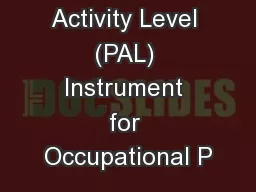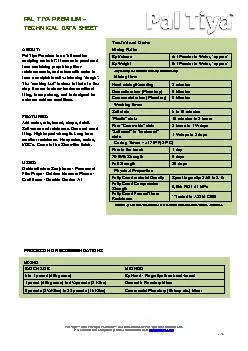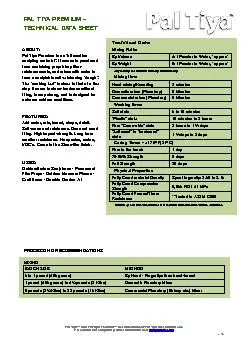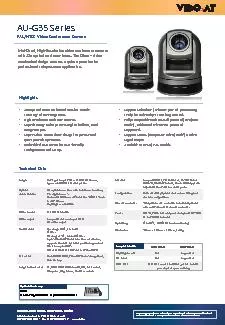PPT-Log into PAL Have you taken the latest quiz?
Author : miller | Published Date : 2022-02-12
When is your next paper due If you are not sure you need to Chapter 10 Cell Division Cell Division 2 ½ types Meiosis eukaryotes make cells for sex In humans eggs
Presentation Embed Code
Download Presentation
Download Presentation The PPT/PDF document "Log into PAL Have you taken the latest q..." is the property of its rightful owner. Permission is granted to download and print the materials on this website for personal, non-commercial use only, and to display it on your personal computer provided you do not modify the materials and that you retain all copyright notices contained in the materials. By downloading content from our website, you accept the terms of this agreement.
Log into PAL Have you taken the latest quiz?: Transcript
Download Rules Of Document
"Log into PAL Have you taken the latest quiz?"The content belongs to its owner. You may download and print it for personal use, without modification, and keep all copyright notices. By downloading, you agree to these terms.
Related Documents














![[PDF READ ONLINE] Taken Into Custody: The War Against Fathers, Marriage, and the Family](https://thumbs.docslides.com/1017592/pdf-read-online-taken-into-custody-the-war-against-fathers-marriage-and-the-family.jpg)